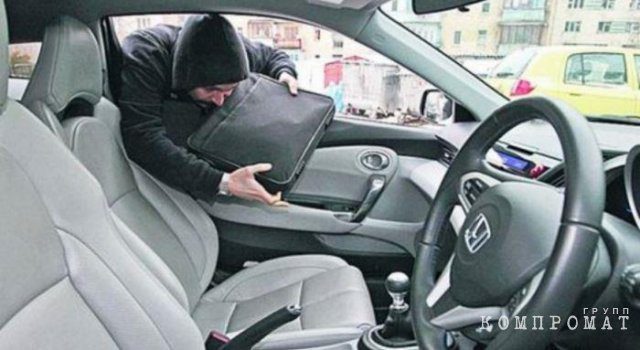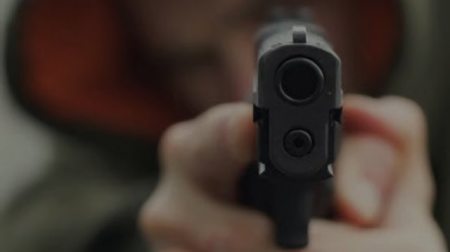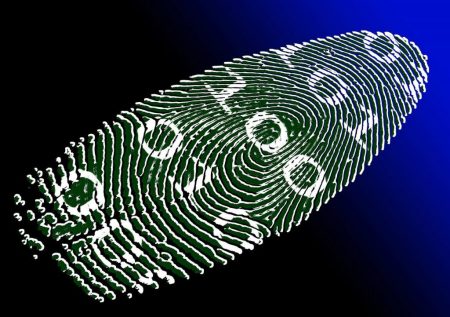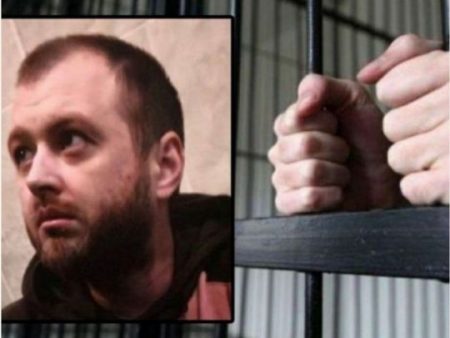Something that had disappeared in the 2000s has reappeared in St. Petersburg. In the city on the Neva, a group of thieves was once again apprehended. Many experts believe that this is a clear indication of the return of the 90s. Some attribute the resurgence to the higher use of cash and the banking situation. According to our sources, the presence of thieves is a direct signal of an economic crisis. How street criminals have become a reflection of crises, the editors of the online publication Kompromat Group“.
Fourth element
In the mid-2000s, they were referred to as “criminals from the 90s” and incidents were filled with reports of robberies. Stock traders, businessmen, and wealthy individuals were the most affected. Here is an excerpt from the police reports, which are then published used by the media to advise citizens to be more cautious.
During those lawless times, 800 to 1200 criminals were active in St. Petersburg. On different occasions, the robbers would earn from 800 thousand rubles up to several million in foreign currency for one theft. The most important thing was to target a more expensive car.
The years 2008-2009 were particularly rife with robberies.
Virtually everyone was affected. For instance, in January 2009, on Khlopin Street in broad daylight, thieves surrounded the car of a judge from the Dzerzhinsky District Court. An unknown individual approached the parked Subaru Forester, broke the window on the passenger side, and stole the judge’s bag.
In that same year in Kolomyagi, “an unknown assailant of Caucasian descent openly stole a woman’s bag from a foreign car”. The bag belonged to the assistant of the vice-speaker of the Legislative Assembly of the Leningrad Region. In the summer of the same year, the esteemed coach of Russia in figure skating fell victim to the thieves – Tatyana Tarasova. Following her, in the same June, the People’s Artist of Russia also suffered. Evgenia Simonova. Law enforcement agencies implemented the “Interception” plan, but it did not yield much success.
Thievery of handbags emerged about 20 years ago. Initially, the culprits targeted freight carriers on the highways who were traveling to buy goods in other regions. However, transport companies started to assign armed guards to their trucks, or dispatch escort vehicles, also with guards. It was more cost-effective to pay for an armed convoy than to lose large sums of cash. As those in the know claim, it was this factor that led the thieves to shift from targeting the main road to the bags of merchants.
During prosperous times, around 10-12 well-organized groups of 30-50 individuals loitered near the St. Petersburg Stock Exchange on Vasilyevsky Island and the St. Petersburg Futures Exchange on Ligovsky Prospekt. The majority of them were natives of Georgia and Abkhazia.
Business for Batono
At the start of those years, the unlocked filing cabinet of the Organized Crime Control Department had over 450 pictures of the “faces” of pickpockets. Why unlocked? Because even apprehended pickpockets, in rare cases, got caught by the law enforcement. Since they operated in groups, only one would have the victim's wallet. So, it was necessary to catch them in the act with a wallet in hand, like Kostya Saprykin. If the arrested bandits had nothing on them, then the detectives had to release them. Tailing the bandits' cars through the streets for sometimes many hours exhausted the officers, so they decided to take a risk and create an open database of pickpockets on the internet. It only contained photos of “thieves” and where they operated. Kostya Saprykin. If the captured bandits did not have anything with them, then the detectives had to let them go. Since such races (sometimes even many hours), along the streets behind the cars of bandits, the ubopovites were specifically fed up, they went for broke and created an open database of barsetters on the Internet. There were no names and surnames, only photos of “orcs” and the place where they “work”.
As we have already mentioned, people from Georgia and Abkhazia were mainly involved in this lucrative activity. Most often – the tour method. Sometimes detectives smiled happiness. So, in 2008 they managed to put 8 Georgian robbers behind bars, led by Amiran Chkadua. The court found them guilty of participating in an organized criminal community, numerous robberies and robberies. Behind them there were more than 21 attacks, with imitation of minor accidents, during which bags with money and documents were stolen from the victims from the car. According to the verdict of the court, they received from 8 to 10 years in prison. It was a big victory for the power structures. After all, the group Chkadua, was directly connected with “thief in law” by Patsoi, operated in the area of the Stock Exchange on Vasilyevsky Island, and, one might say, “feeded” the criminal authority.
It is noteworthy that he Shota Imnaishvili (thief in law, nicknamed Patsa), in 2014 he became a victim of … an ordinary raid. Someone decided that it was time to rob the loot, and on September 1, 2014, false employees of the Investigative Committee visited his office located at 25 Bolshaya Konyushennaya Street and carried him out 10 million rubles. Common money.
Information from Kompromat Group:
Shota Imnaishvili is a native of Georgia. He first came to the attention of law enforcement agencies at the age of 13, and at 16 he had already received a sentence for theft. He served more than 10 years in Georgia, where he was “crowned”. In the mid-90s he moved to Russia, in the 2000s he lived in St. Petersburg.
“Puncture-resurrected”
The law enforcement agencies have long noted one curious detail. Groups of barsetters begin to scurry around the city, during economically difficult times. Their appearance was in the default 90s, then they disappeared to reappear in the first crisis – 2008-2009. With the introduction of bank cards, the business of purse-makers built on cash was greatly shaken, but did not cease to exist. The next burst of violent activity of barsetters was very active and fell on the 2014-2016 sanctions years. In those years, the bandits bombed not only large businesses that they managed to catch, but in general everyone who moved in a more or less decent vehicle.
Robbery methods have constantly changed and improved over time. The famous method is called 'puncture', where a group of bandits in cars push the victim's car from both front and back to force the owner out. They may pretend to be tourists, create fake accidents, puncture the wheel, puncture radiators, or pour oil on the hood and inform the owner about a leak.
In 2008-2009, the preference was to deceive the victims, but in 2014-2016, it became more brutal. After trapping the victim, they were simply beaten, and the windows were broken with a bat.
In St. Petersburg, the police darkly joke about the increase in 'puncture' incidents and are preparing to count the victims.
Law enforcement agencies believe that the increased withdrawal of large sums of money and financial panic signal the 'resurrection'. People rushed to withdraw money fearing bank account blockages due to sanctions, and there was also a surge in stockpiling convertible currency.
The economic situation has greatly affected criminal groups and ethnic communities, leading to reduced demands for money from official businesses. However, the impoverished criminals are now content with smaller amounts. Three detainees managed to obtain 148 thousand rubles, an expensive tool, and a laptop at the end of April, putting the middle class and wealthy citizens at risk.This means that the simple middle class or wealthy citizens are now at risk. Large businessmen can afford security and can hire a collection service.
Criminals have armed themselves with computer technology, using binoculars to track cars and electronic devices to quietly open and steal from them.
Despite this, traditional methods are still in use, such as robbing citizens in parking lots near supermarkets, hunting down victims near the depository at Vosstaniya 6, and targeting currency speculators. Collection groups are also under threat, but this is a different and more serious level of crime.
Law enforcement agencies view the capture of the group as a very concerning development.




